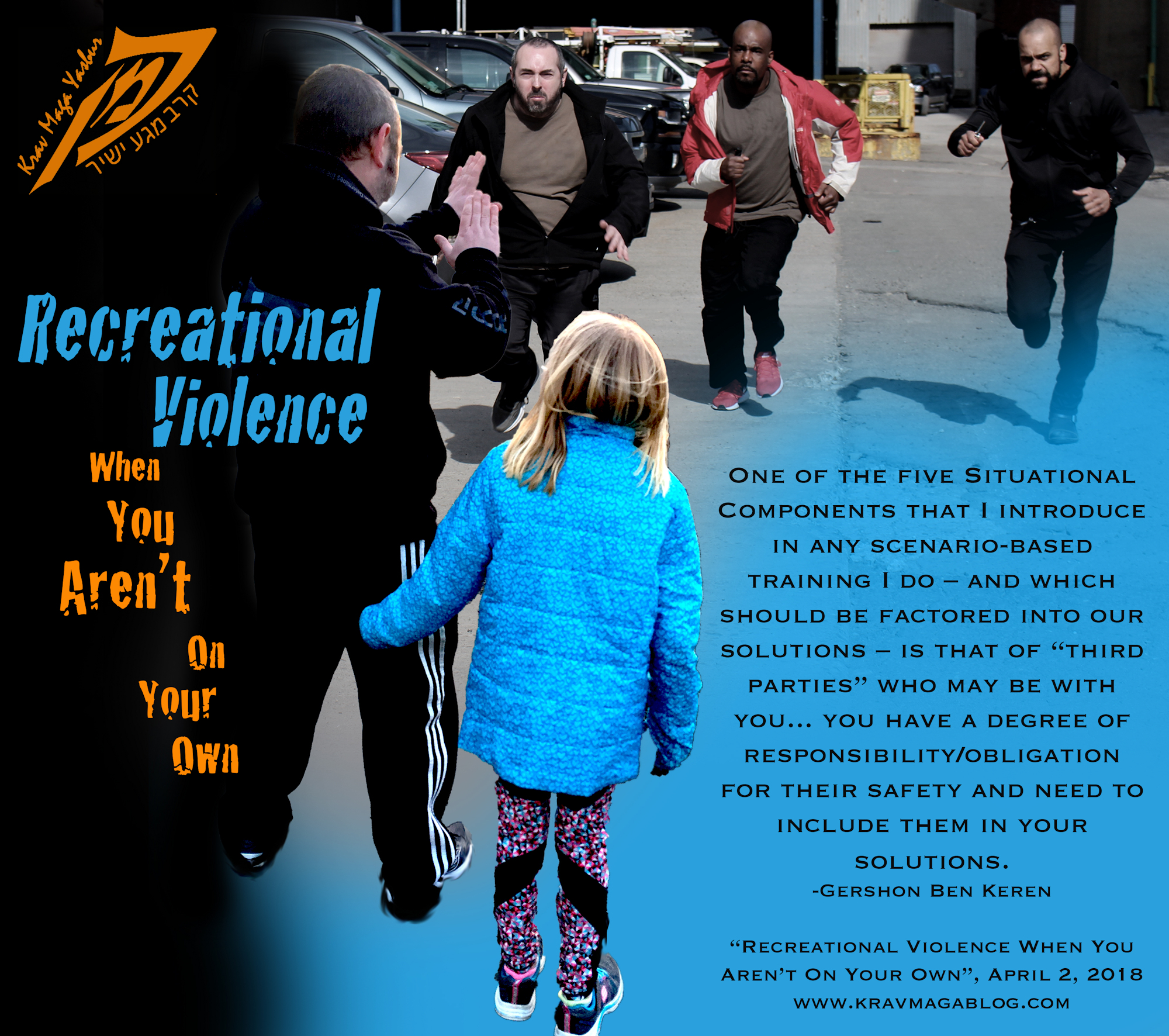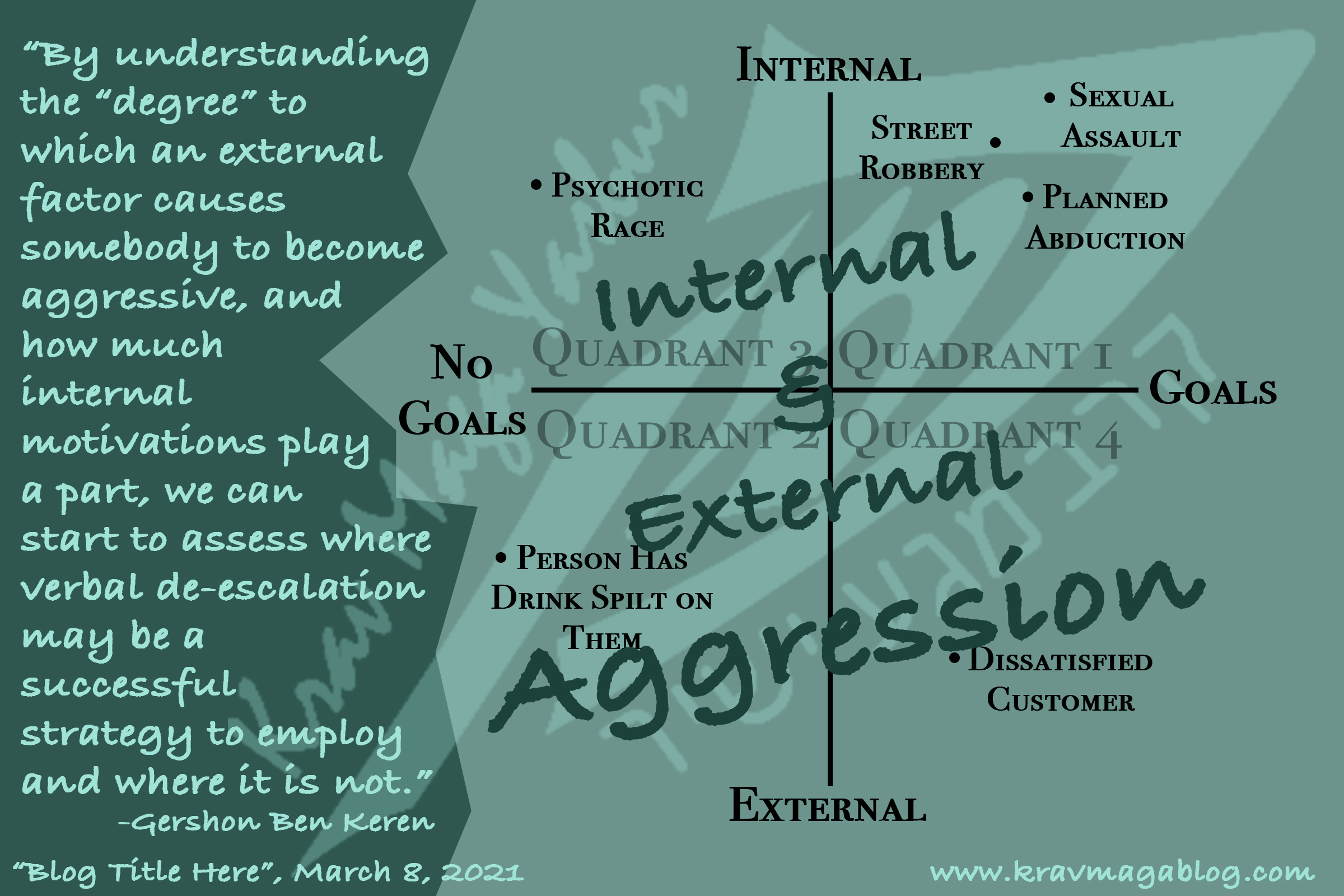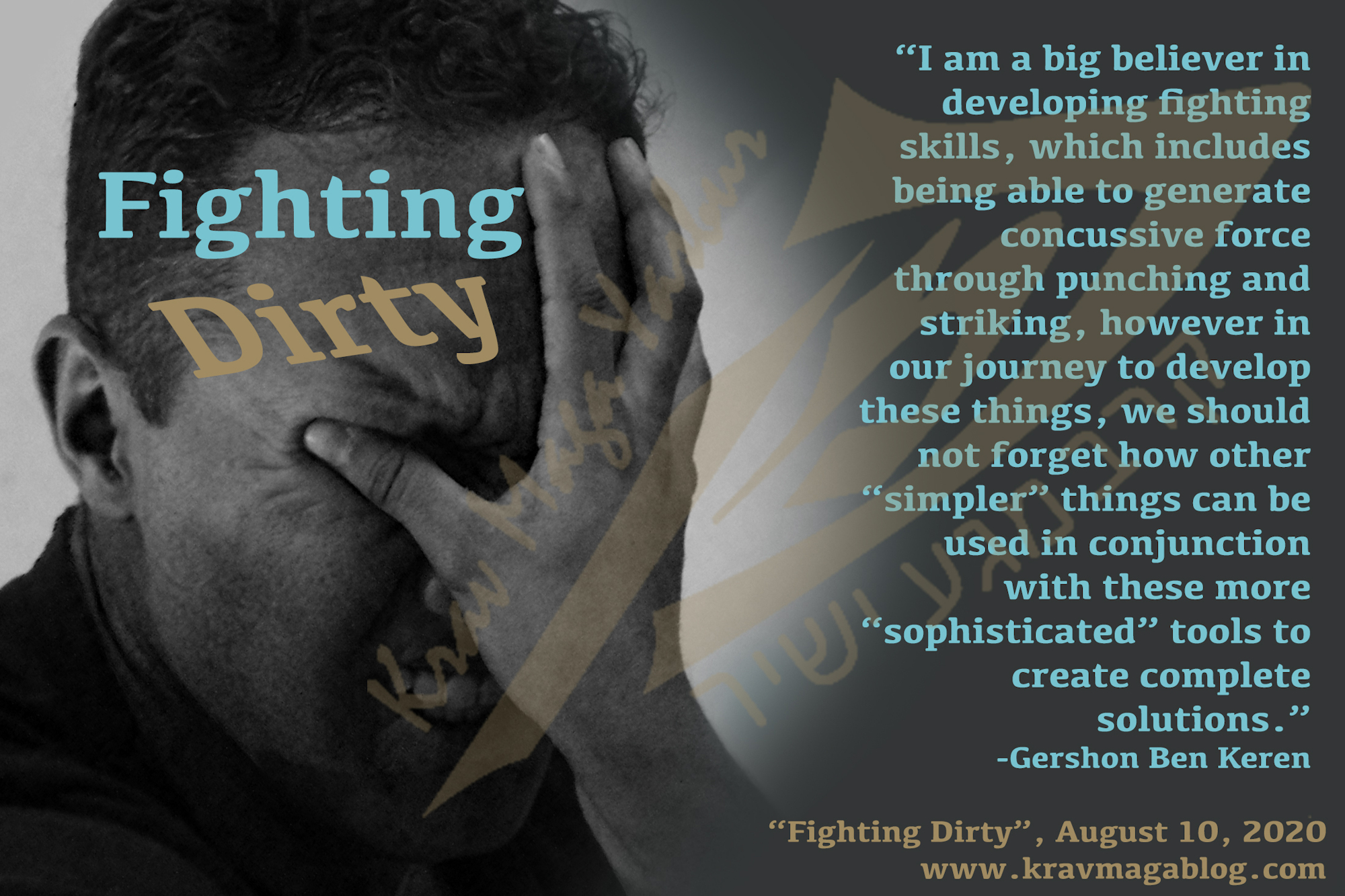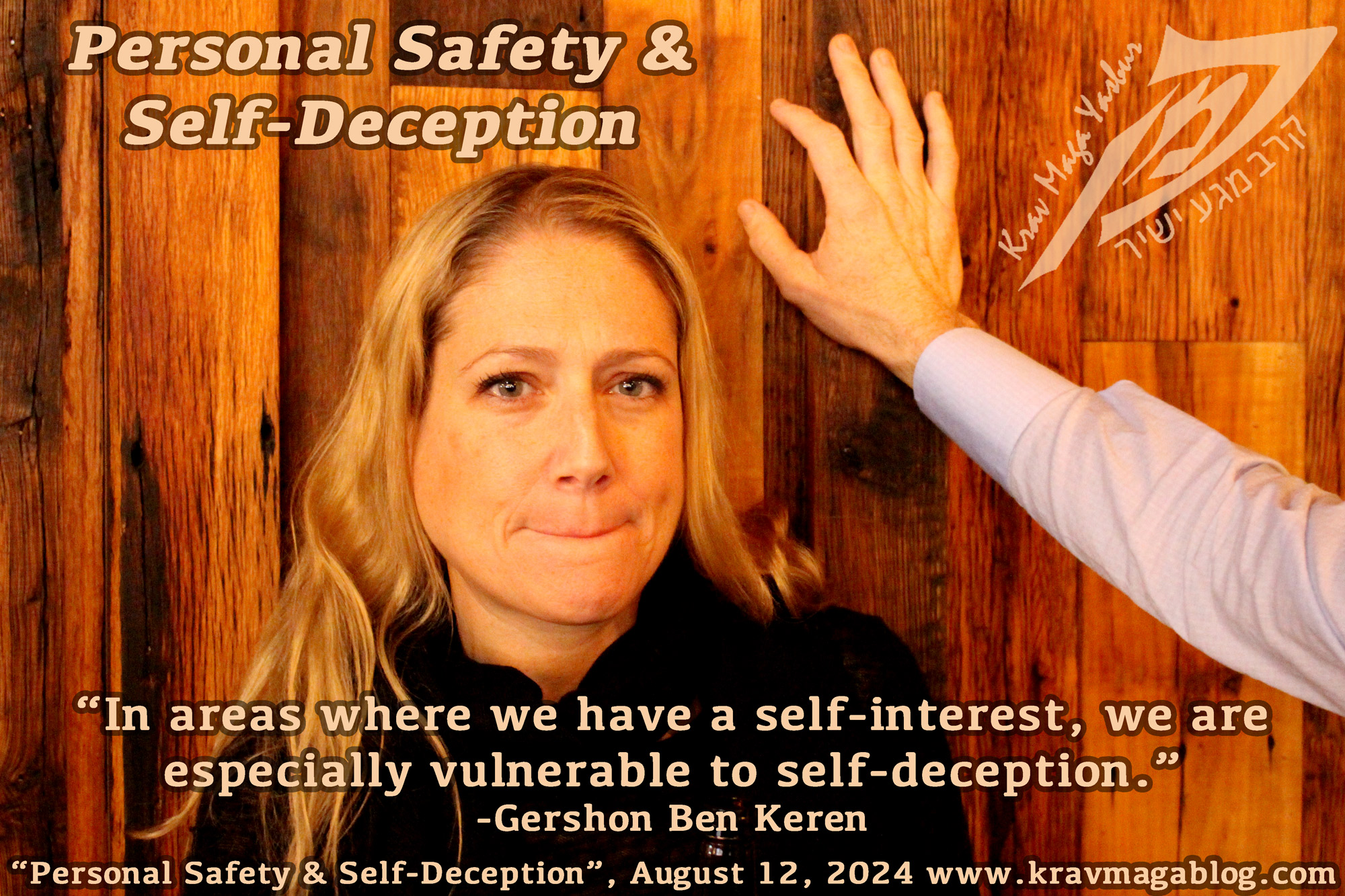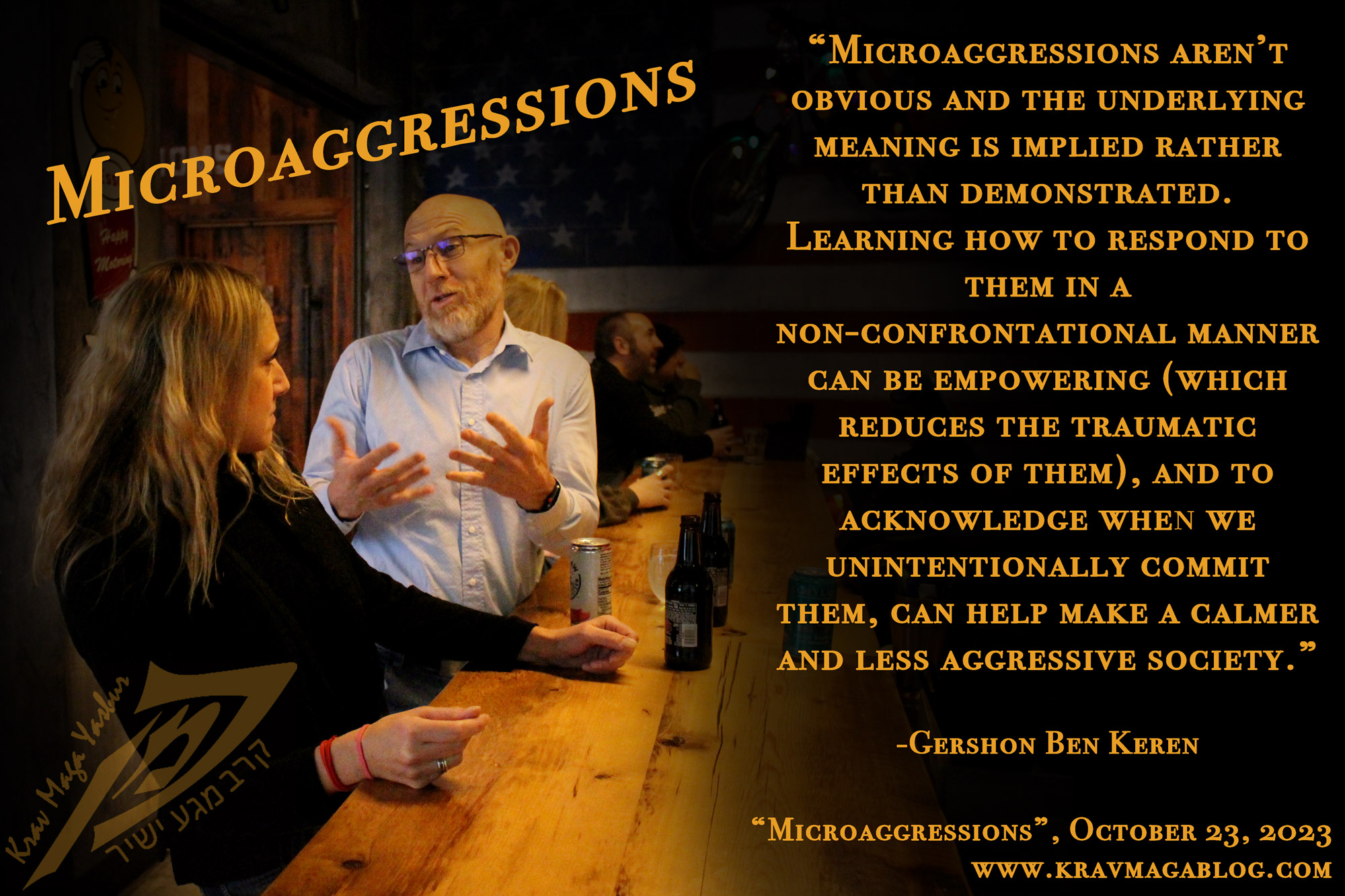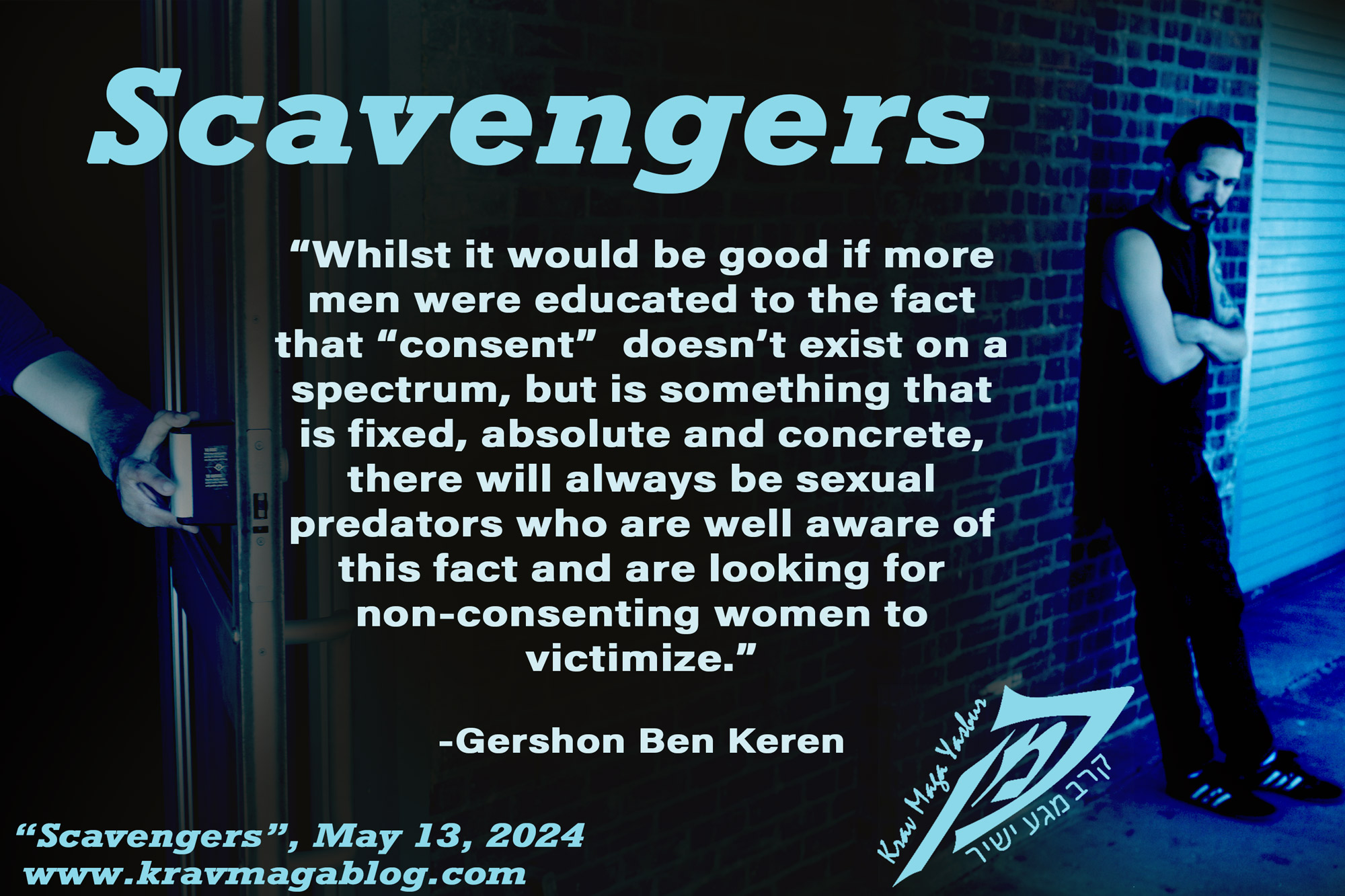Realistic Depictions: Women's Self Defense, is an article written by Gershon Ben Keren, a 5th Degree Black Belt in Krav Maga, who teaches Krav Maga in Boston, MA. He has also authored three Amazon best-Selling Books on Krav Maga.
Women’s self-defense isn’t glamorous, isn’t sexy, and it’s certainly not stylish – no real-life violent confrontation or fight ever is. However, if you look at how the martial arts/health and fitness industries present the topic, you might be fooled into thinking that a size 2, 110-pound women, dressed in spandex, without breaking into a sweat - and with every hair in place - can be taught to throw a devastating, knockout punch (against a stereotypical looking criminal) in a 60-minute seminar. Presenting the subject in this way, is both unrealistic and does a complete disservice to the subject area; as well as being patronizing towards women. It seems that the self-defense industry’s message to women is, that it’s not enough to simply survive an assault, but that you should also look good as you’re doing it. In fact, if you look at the stock photos and the imagery used in promoting many classes and seminars, the latter part of the message seems to be the more important. Violence is a mess (for both men and women) and deep down, everybody knows this. To present women’s self-defense in this overly simplified, sterile, sanitized and sensational manner, is both misleading and unconvincing, to all parties involved; and I believe this type of message puts off more women from attending classes and programs, than attracts them – as well as perpetuating a lot of myths and untruths concerning violence towards women. In this article, I want to look at some of the mixed messages that often seem to get communicated concerning women’s self-defense, and some of the areas that many programs neglect.
It’s not just men who attack women, women also attack women, however this is rarely if ever discussed. There are some who may try to make the argument, that these types of incidents are both uncommon and usually inconsequential, however from my time working bar, pub, and club security I would beg to differ. I have seen women try to drive stiletto heels into a downed female adversary’s eyes, I have seen women smashing their victim/target’s face off of tables, shelves and bars, using their hair to control them, etc., and in many cases the crowds watching have actively tried to prevent myself and other security personnel from intervening, because everybody likes watching a “catfight” – if a woman ever gets into a fight with another woman, and there isn’t security present, don’t expect anybody watching to be in any hurry to break it up. Learning how to de-escalate a situation involving a jealous girlfriend who has misinterpreted your conversation and intentions towards her boyfriend is something that should be taught in all women’s self-defense programs, as such situations can rapidly head south; especially where alcohol is involved. I have seen women’s bathroom queues in clubs turn into near riots, when they’ve extended beyond a certain length, and people have tried to jump the line, etc. There are many, many types of situations where women’s self-defense involves a female aggressor, and to neglect these types of scenarios, is to not deal with the topic in a realistic and comprehensive manner.
Many physically violent encounters develop out of socially awkward situations, however a lot of women’s self-defense is presented as ambush or blitz-style attacks, where there are no preceding phases or stages e.g. an attacker simply jumps out from a hiding place, or comes up from behind without any warning, etc., and whilst these types of assault do occur, they are in the minority, and shouldn’t be presented as if they’re the norm. Knowing how to recognize someone’s intent and being able to extricate yourself safely from a potentially dangerous conversation without straight away shouting “back off” and visually/audibly enforcing a boundary is a key skill that needs to be taught. I am all for female empowerment training, however there are times when such actions and behaviors will escalate a situation unnecessarily, and this should be recognized and taught. There are many “grades” to setting and enforcing boundaries without having to demonstrate to everyone around you that this is what you are doing. Violence is largely social, and so teaching people how to understand and manage social encounters needs to be a part of women’s self-defense training, rather than simply teaching women what to do when somebody grabs them from behind, etc. Often, women’s self-defense scenarios are presented as always being at the most extreme end of the confrontational spectrum, which makes them unrelatable to most women i.e. those are things that happen to other people, etc. There are few women who haven’t had to deal with pushy and obnoxious men, or inappropriate physical contact, and teaching strategies for dealing with these situations, rather than just extreme physical attacks, should be part of any program.
Setting realistic expectations is extremely important when teaching a program or class that operates with limited time. However, this shouldn’t mean that we use something such as groin-strikes as a universal solution which is applicable in every situation, especially if these are delivered with kicks and knees, etc. Attacks from the rear, which involve pulling actions are extremely difficult to deal with, especially when they involve movement, so choosing how much time to dedicate to these in a short class, needs to be a consideration e.g. if most attacks are going to happen face-to-face, is it better to spend time dealing with the types of attack that may come from these more common situations, and that are more likely to be achievable, than ones where a person is completely surprised. If somebody is only going to do a short course or come to a few classes, choosing what to and what not to teach is important i.e. you can’t teach everything in a few hours.
Women’s self-defense is something that deserves to be taken seriously, and shouldn’t simply be an addendum to an existing martial arts program e.g. an occasional class or course that gets put on with little thought, because that’s what martial arts schools feel they need to offer, or believe is a good way to boost income every now and again. The tired, stereotypical, stock image advertising needs to stop; looking good whilst surviving an assault sends the wrong message and has the potential to alienate many women. Women’s self-defense and personal safety deserves to be treated both seriously and respectfully, because done correctly it can be highly effective in helping women predict, prevent, identify and avoid violence as well as increase their survival chances if physically assaulted.
0 COMMENTS